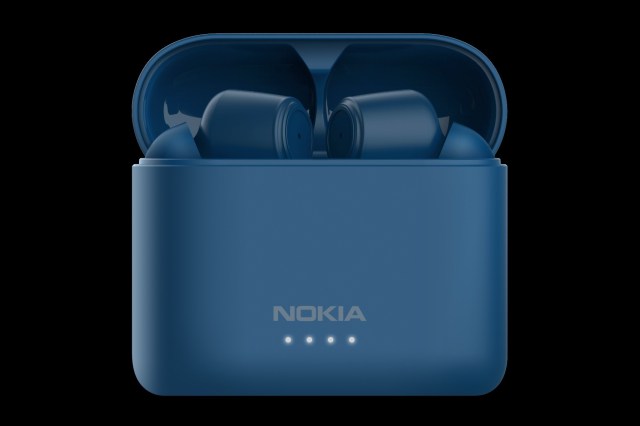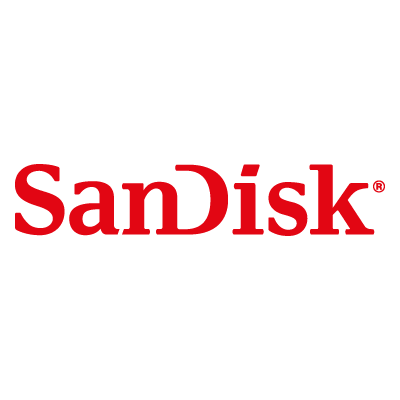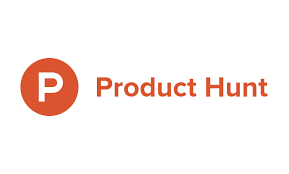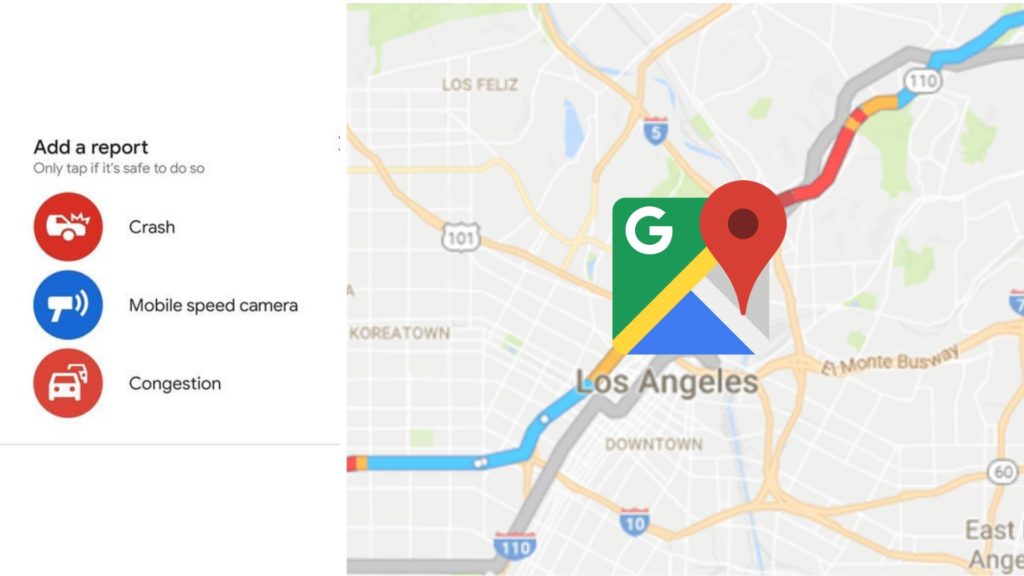BenQ Corporation: One of the Leading IT and Electronics Company in Taiwan.
BenQ Corporation is a Taiwan-based electronics and IT company offering solutions to its customers globally. The company has been in the field of computing and technology for the past 37 years. Basically, it started as a part of Acer Communication & Multimedia, but in 2001, the company spun off from the latter to form a separate brand. BenQ Corporation deals in developing and selling technology products, electronics, computing, and communications devices. It uses BenQ as its trading name. It is a subsidiary company of Qisda Corporation and has its headquarter based in Taipei, Taiwan.
The Formation of BenQ Corporation
The name BenQ has a meaningful abbreviation which is also the company slogan, i.e., Bringing Enjoyment and Quality to Life. The company tries to fulfill all its operations based on the said slogan. The company was founded in 1984 as a part of Acer Peripherals Inc. In 1991, the latter had a name change to Acer & Multimedia. This was the same time when Acer began to expand its operations in different fields, and as a result, the company established Acer Display Technologies Inc. in 1996. Acer also built its manufacturing units in Taiwan and China at the same time.
Acer established BenQGuru (Guru Systems), another subsidiary company, an e-business solutions provider, to enter the Asian market in 1998, employing about 350 people. But in 2001, BenQ was spun off from Acer to form a separate company, with its headquarters established in Taiwan.
Though the company was built to serve the Asian consumers, after the separation from Acer, it started to expand overseas and has now established offices in Europe and America as well.

The Growth
BenQ started its journey as an independent company in 2001, and since then, it has been only growing. Started with 350 people, it now employs over 4000 people globally. It has also established multiple sales offices in the Asia Pacific, Latin America and North America, Europe, and China. As a brand, BenQ is operational in over 100 countries. Though the company started as a consultancy and management service provider, it has now grown to become an IT and electronics company, and today is one of the leading suppliers of TFT LCD monitors, digital projectors, digital cameras, and mobile computing devices, etc.
BenQ has also brought a series of smartphones under its name, M775C being the first smartphone that the company launched in the year 2003. The interest of BenQ in the smartphone business made it acquire the mobile devices division of Germany’s Siemens AG in 2005, forming a separate division for smartphone development named BenQ Mobile trading with the name, BenQ-Siemens. BenQ also separated its contract manufacturing and own-brand divisions in 2006.
BenQ mobile had to shut down due to the losses in 2007. But the parent company of BenQ, Qisda Corporation, still manufactured mobiles for Dell. The company launched a few of the first Windows smartphones for Dell in 2012. The next year, BenQ restarted the manufacturing of smartphones under its brand name. In 2015, the company partnered with UK mobile telecoms provider EE to launch another series of smartphones. The same year, it also acquired ZOWIE GEAR and established a new gaming division, developing mice, mousepads, sound cards, monitors, and other gaming accessories.
Products and Services
BenQ manufactures and distributes its products in three main divisions; computing (TV-sets, joy books, keyboards, storage, monitors, etc.), consumer electronics (camera, projectors, displays), and communications (mobile and smartphones). Currently, the company is focused on being ready for the future and is working on Human Technology, Design Technology, and Entertainment Technology. BenQ also develops products for the healthcare industry. It has also developed software and energy management solutions for its customers.
The CEO at BenQ
Conway Lee is the current President and the CEO of BenQ Corporation. He has got an MBA degree from the University of Southern Mississippi, USA. Lee has been working with BenQ before it was even formed. He joined the Acer group in 1989 and worked with the company for over ten years. When BenQ spun off from Acer, Lee joined the company as the General Manager of the Digital Media Business Group of the company. He was also the in-charge of BenQ Europe for some time.

Yashica is a Software Engineer turned Content Writer, who loves to write on social causes and expertise in writing technical stuff. She loves to watch movies and explore new places. She believes that you need to live once before you die. So experimenting with her life and career choices, she is trying to live her life to the fullest.








